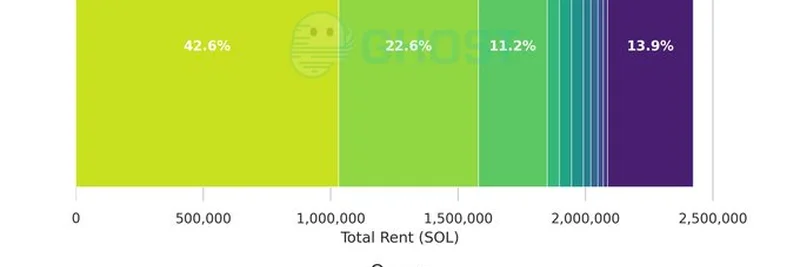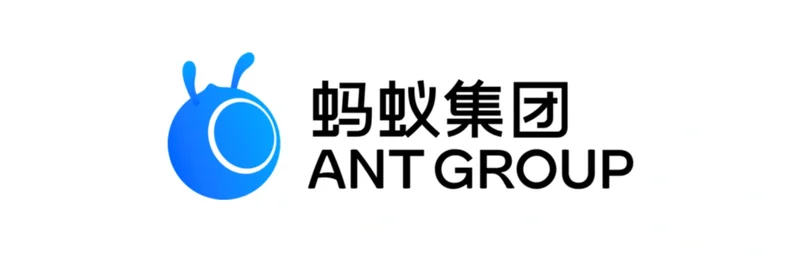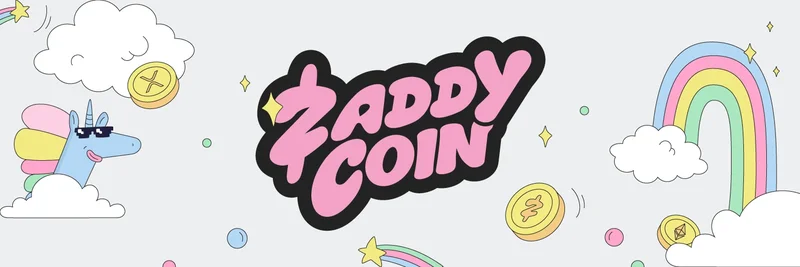Hey there, crypto enthusiasts! If you've ever wondered how Solana, one of the fastest blockchain networks out there, manages its storage costs, you're in for a treat. A recent tweet from chrischang43 dropped some fascinating data about Solana's total rent by account owner, and we're breaking it down for you in a way that’s easy to digest. Let’s dive into this colorful chart and see what it reveals about the Solana ecosystem!
What’s This Chart All About?
The image shared by chris shows a visual breakdown of how 2.4 million SOL (Solana’s native token) is used for "rent" across different account owners. But wait—what’s rent in the crypto world? Think of it like a small fee you pay to keep your data stored on the blockchain. Solana uses this mechanism to ensure the network doesn’t get clogged with unused accounts, and it’s a key part of its efficiency.
Here’s the juicy part: the chart highlights the top players holding this rent, measured in SOL. Check it out:
Key Takeaways from the Data
- Token Program Leads the Pack: With a whopping 42.6% (over 1 million SOL), the Token Program is the biggest renter. This program handles token creation and management, so it’s no surprise it’s a heavy hitter.
- BFT Upgradable Loader: Coming in second at 22.6%, this component supports upgradable smart contracts, showing how dynamic Solana’s development scene is.
- Other Big Names: Serum V3 (11.2%), Meteorora DLMM (13.9%), and Wormhole (a significant chunk) also play big roles, alongside OpenBook, Metaplex, and the System Program.
The chart uses a gradient of colors to show the distribution, with yellow for Token Program, green for BFT Upgradable Loader, and purple for Wormhole, among others. It’s a bit of a rainbow, but it tells a clear story about who’s using Solana’s storage the most.
How Was This Data Gathered?
Chris didn’t just pull these numbers out of thin air! In a follow-up tweet, they explained the methodology: they fetched the latest Solana snapshot, unpacked it, and analyzed every account’s data length and rent epoch to calculate the exact rent amount. This hands-on approach gives us a snapshot (pun intended!) of the network’s current state as of July 2, 2025.
Why Should You Care?
If you’re into meme tokens or blockchain tech, understanding rent is crucial. It affects how developers build apps and how users interact with the network. For instance, if a project like OpenBook (a decentralized exchange) holds so much rent, it hints at its scale and activity. Plus, with 2.4M SOL tied up, any changes in rent policies could shake things up—something to watch if you’re trading or building on Solana.
The Community’s Reaction
The tweet sparked some fun chatter! One user joked about the color scheme being hard on the eyes, prompting chris to share a more viewer-friendly version. Others called it “bullish burning” (a nod to potential SOL burns) or “extractive,” showing the community’s mixed feelings about rent costs. It’s clear this data got people thinking!
What’s Next for Solana Rent?
This breakdown is a goldmine for anyone tracking Solana’s growth. With projects like Serum and Wormhole heavily involved, it’s a sign of a thriving DeFi and cross-chain ecosystem. If you’re a blockchain practitioner, keep an eye on how this rent evolves—future upgrades might optimize costs, impacting everything from token projects to meme coin launches.
So, what do you think about this rent distribution? Drop your thoughts in the comments, and stay tuned to meme-insider.com for more crypto insights. Happy exploring!



